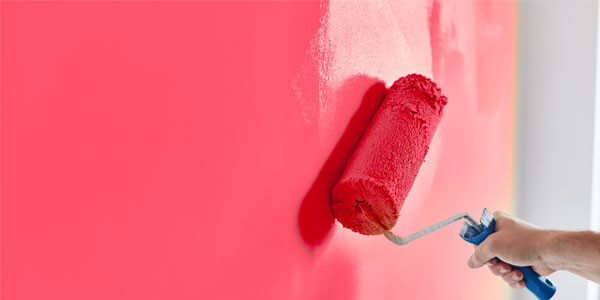
Sadly, projects don't always go the way they're designed to. Despite your best creative efforts. So it's just as well insurance for interior designers is there to help when Murphy's Law kicks in and your envisioned beauty quickly becomes a beast.
Maybe a client says the materials and fittings you used fall short of the mark. Or a big event has to be cancelled because you've overrun.
Then there are accidents. The polished finish on a Georgian sideboard falls foul of white spirit. Or a curtain fitter borrows your stepladder only for it to collapse, leaving them with a broken shoulder.
And don't even mention all the building regs and health and safety guidelines you need to keep up with.
Triple trouble
All that risk and potential for harm is a worry. When things go wrong, accusations get thrown around and unhappy or injured people sue for compensation.
And that's a three-pronged problem for you because:
- Legal action costs money.
- Dealing with a serious complaint takes time away from your business.
- Bad news travels fast and your reputation matters.
What insurance for interior designers do I need?
If a claim does come in, there’s a good chance you’ll have to reach deep into your own pockets to pay for legal costs and compensation.
And that's why it's a smart move to protect yourself with interior designers' professional insurance – it pays for legal expertise to defend you and covers any damages awarded.
Here’s how it works:
Professional indemnity insurance defends you against claims you've made a mistake or not done what was asked, and it's cost your client money. If needs be, it also pays to fix or rectify the part of a project that's caused the problem.
Public liability insurance covers your business if someone connected with it injures someone or damages their property. It pays your defence costs and any compensation you're liable for.
Portable equipment insurance covers essential tools of the trade like your laptop and mobile when you're out and about. Office and contents insurance covers the business property that stays in your office or studio.
Employer's liability insurance is legally required if you have employees. Even just the one. And even if they're 'just' a temp, unpaid, part-time, on secondment or on work experience.
No more crying over spilt paint
If something does go wrong, insurance will do a great job of protecting your business.
But, as we know, prevention is better than cure. So here are some things to think about every time you take on a new job:
- Does your client understand exactly what services, materials and products you've agreed to provide? Get everything in writing. It can help if your client claims you haven't done something you said you would, or you've done it in a different way
- Have you got final sign-off for your designs? It’s a well-accepted legal precedent that your client takes final responsibility for your work by signing it off. If they spot a mistake or something they don't like after that, it’s their problem, not yours.
- Has a risk assessment been carried out following the HSE's guidelines? You have a duty to make sure everyone working on a project is kept safe and out of harm's way
- Is your equipment well maintained? Make sure your kit is working well and not likely to injure anyone.
- Do your employees have appropriate safety gear and are they aware of proper safety procedures on site? Your employer's liability insurance will cover you if an employee gets hurt – but you don't want them getting injured in the first place.
- Are any subcontractors, literally, up to the job? It's good practice to ask new subcontractors for references, then scrutinise the work they do carefully. Double-check they have their own valid professional indemnity insurance to cover any mishaps. If they don’t, ask them to sign a written agreement that states they’ll cover your losses if you’re sued for their mistake.
Design for life
You'd never dive straight in on a new room scheme without making all the necessary preparations first. Similarly, anyone with designs on a bright future for their business needs to be equally well-prepared.
That means planning for the unplanned and protecting your business with insurance for interior designers. Still not convinced? Ring the team for a chat on 0345 222 5391.
Image used under license from Shutterstock.
insurance explainedinterior designersmanaging riskrules and regulationssubcontractors
